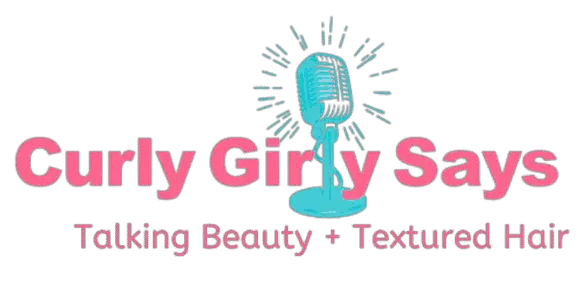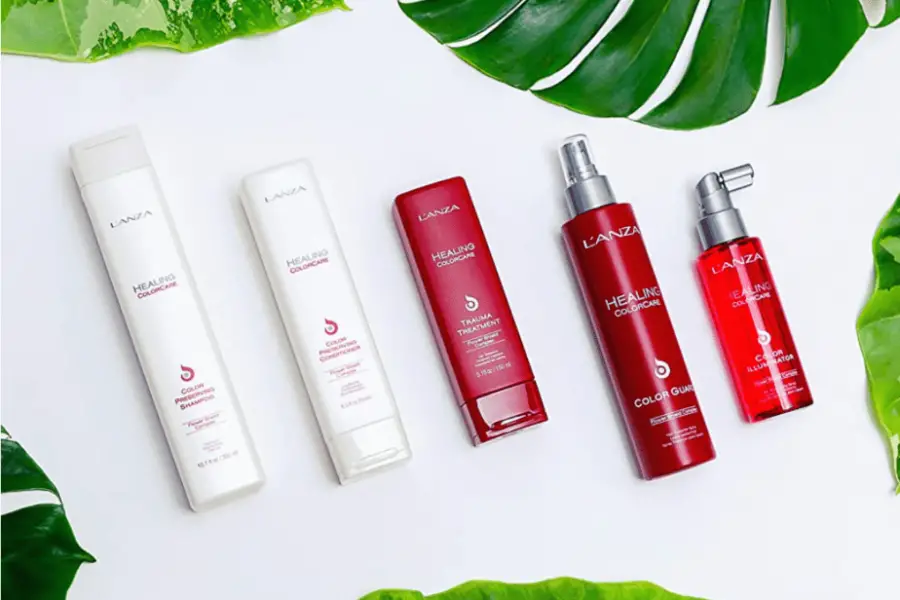Last Updated on July 3, 2025 by Doris Jean
Nape hair also referred to as “Kitchen Hair” in the Black community is often overlooked both because the hair is rough, breaks, and difficult to grow. Fixing breakage at the nape area and growing “kitchen hair” is challenging, and at times seems impossible. Although challenging, know that your nape hair can grow with some TLC (tender loving care).
So, grab a paper and pen as here we’ll learn everything about “kitchen hair” and what makes them dry and stubborn. The good thing is that it just takes a few measures to make your nape hair soft and long, and we’ll cover them all!
Let’s dive in!
What Does “Kitchen Hair” Mean in Haircare?
“Kitchen Hair” – the phrase cannot be any more confusing! Yet, unlike the shared assumption, the apparent meanings are not real here.
So, let’s unfold and explore the terminology and meaning behind this phrase!
First, the hair grows on the head, but it may surprise you that the hair in the different sections of your head is named differently.
Precisely because hair growth is not similar in every area (top, parietal ridge, crown, temple, and nape), the “nape” refers to the part of your neck where the back hair grows. Consider the “base area” of your neck where a low ponytail or braid sits, and if you bind your hair using a scrunchy, your hair will be secured in the nape area.
Now, “kitchen hair” refers to the hair at the nape of your neck. Unlike the hair in the other head areas, the kitchen hair is most resistant to manage and maintain. It usually is the kinkiest and shortest part of your hair.
You May Also Like:
What Causes Nape Hair Breakage?
Because the stubborn hair remains the same small size, they ruin a perfect updo, bun, high ponytail, and other hairstyles. Nape hair is challenging to manage and grow, yet the culprit is a few habits that most of us are unknowingly guilty of doing. Let’s find out if any of the following hair care treatments is why your nape hair is experiencing hair breakage.
High-Tension Hairstyles
Braiding is the most popular area of hairstyling, and the levels of creativity have peaked as the web is full of hundreds of ways you can braid your hair. Yet little did you know that the same styling can cause extreme damage to your kitchen hair if the braiding is done too tightly.
The same goes for high, stress ponytails, buns, and updos that create tension in the hair resulting in damage and eventually breakage. If you feel your hair is too tightly bound and hurting, remember they are getting damaged.
Friction
Just like our face is exposed to air pollutants all the time, our hair is also at risk because of things worn around them. Let it be a wooly jumper, a rough jacket; even wrapping your hair with a towel can result in ruined kitchen hair. It’s because the material of your clothes constantly goes in contact with your hair resulting in friction which causes harm to your nape hair.
Wrong Products & Application
Most people take great care of their skin, yet their quest is limited to their face only. You should never forget that your scalp is just as sensitive as your face, and using the wrong products can result in frizzy, damaged nape hair.
Also, it is possible that the product you are using suits your hair, yet you are applying it entirely wrong. You should always be gentle with your kitchen hair and never use force even if there are many knots.
Harmful Accessories
Lastly, hair accessories can cause equal harm to your nape hair, just like wrong hair products. Hair Styling includes using tools that sometimes can aggravate your hairline. Also, tightly clipped pins, headbands, and even hair jewels are enough to damage your kitchen hair.
How to Grow Nape Hair?
Now that you know what causes your kitchen hair to break, the next step is to take care of the already-damaged hair and let them grow.
Treat Your Hair Gently
It takes time to fix damaged hair, so the first step is to be as gentle as you can. Do not run your fingers forcefully in your hair or try to untie the knots by pulling them. If you use a hairbrush, double-check if the bristles are soft enough to use in your nape area and also check if the ends of the bristles are not sharp, which is a common problem in plastic combs and brushes.
Pay Attention When Covering Your Hair
When outdoors, your hair is most at risk because of the pollutants in the air. An easy solution is to cover, but it is not recommended to use a tight or rough headscarf. Anything that can cause tension or friction when rubbing with the hair is not healthy, and the best options are silk or satin clothes/scarves as they are smooth and gentle on your hair.
Also, after washing your hair, do not use a regular towel to dry; instead, wrap your head in a soft t-shirt or microfiber towel.
Cleanse & Condition Kitchen Hair Properly
The back of your hair contains the most knots, so it can be hard to shampoo thoroughly; yet, if you do not clean your kitchen hair properly, it will leave in the dirt and impurities resulting in unhealthy nape hair. An easy solution is to comb/brush your hair before taking a shower, but again, do it gently.
Also, use twice as much conditioner for kitchen hair as what you’d use for your front or top edges and leave the conditioner for a few more minutes than the average time. If better, separate your nape hair beforehand and then condition them.
Use Oils
Oiling never fails to nourish and soften your nape hair, and it’s up to you whether you use one or a mix of a few oils. As massaging will increase blood circulation, the hair roots will become strong, boosting hair growth. You can use coconut oil, argan oil, jojoba oil, olive oil, castor, or almond oil; essential and carrier oils are also good for your nape hair.
Lastly, it is also essential to know when is the right time to oil your hair. If your hair is too sweaty or dirty, better not oil it as the oil can clog the pores, and the dirt can trap further. Oiling once a week is enough depending on your comfort; just warm a few spoons of oil and apply it to the roots. After massaging, leave the oil for a few hours and then wash thoroughly.
Final Word on Growing Nape Hair (Kitchen Hair)
It always feels good to have different hairstyles or decorate your hair with attractive accessories. However, securing your hair too tight or wearing rough, abrasive clothes can damage your kitchen hair. Therefore, you should always be gentle on your nape hair, whether washing, oiling, or drying them after a shower. Also, cover your hair when going out to keep them safe from pollutants, and use a soft-bristled comb to brush them.









Leave a Comment